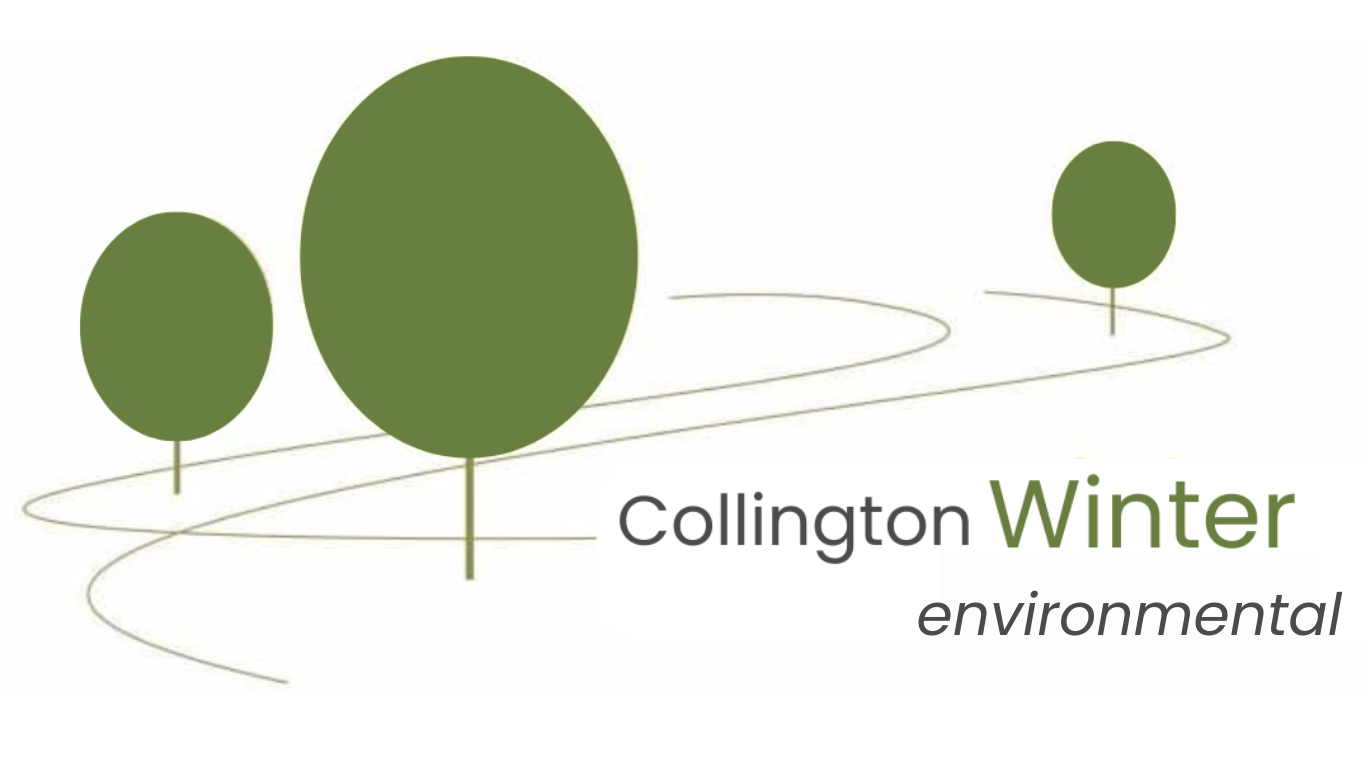Phase 1 Habitat Survey for Planning and Development
Balancing development and land use with the protection of biodiversity is an increasingly important consideration in the UK. Whether for residential, commercial, or infrastructure projects, local planning authorities now require ecological evidence before granting consent.
A Phase 1 Habitat Survey is widely recognised as the industry-standard starting point for this process. It provides a structured environmental audit of the wildlife, habitats, and ecological features present within a site, creating a baseline from which informed decisions can be made.
By identifying key habitats, potential ecological constraints, and opportunities for biodiversity enhancement at an early stage, the survey helps clients to reduce project delays and support sustainable outcomes.
What is involved in a Phase 1 Habitat Survey?
A Phase 1 Habitat Survey involves several key steps to assess the ecological value of a site and identify potential constraints. While it is a broad-scale survey rather than a detailed species record, it provides essential baseline information for planning and development purposes. The main components include:
Desk Study – Before visiting the site, ecologists gather existing information about the area. This may include:
- Previous ecological records from local environmental records centres
- Protected species data and records of designated sites
- Maps and aerial imagery to identify habitat patterns, watercourses, and other ecological features
Field survey – During a site visit, the ecologist conducts a systematic walkover to identify habitats and ecological features. Key activities include:
- Habitat identification and mapping – categorising land into recognised habitat types such as grassland, woodland, wetland, or scrub.
- Recording notable features – hedgerows, ponds, ditches, mature trees, and other structures that support biodiversity.
- Assessing potential for protected species – noting signs of species such as bats, badgers, reptiles, or nesting birds.
- Observing land management practices – grazing, mowing, drainage, or other activities that affect habitat quality.
Reporting – The results of the survey are compiled into a professional report, which typically includes:
- Phase 1 habitat map – a colour-coded map showing the distribution of habitat types.
- Descriptions of habitats and features – including ecological value and condition.
- Summary of protected species potential – indicating if further, species-specific surveys are recommended.
- Recommendations – highlighting constraints, opportunities for biodiversity enhancement, or the need for additional surveys.
When is a Phase 1 Habitat Survey required?
A Phase 1 Habitat Survey is often required as an essential first step in the planning and development process. Local planning authorities typically request this survey to ensure that proposed developments comply with environmental regulations and to identify any ecological constraints that could affect project approval.
Typically, it is commissioned before submitting a planning application, providing a clear baseline of the habitats and ecological features present on the site. For larger or more complex projects, the survey also forms the foundation for Environmental Impact Assessments and may indicate the need for specific protected species surveys.
In addition, insights from a Phase 1 Habitat Survey can support biodiversity net gain initiatives, enabling developers to enhance ecological value and demonstrate sustainable development practices. By integrating ecological considerations from the outset, projects can progress more smoothly through the planning process while contributing positively to the local environment.
How can Collington Winter assist?
Collington Winter Environmental offer a range of ecological consultancy services, including Phase 1 Habitat Surveys, protected species surveys and ecological mitigation services. Our expertise ensures that developments comply with environmental regulations and contribute positively to the environment.
Our team works closely with clients to identify potential ecological constraints and opportunities for enhancement, helping projects to achieve planning permission.
If you’d like to learn more about how we can support your project, please get in touch today by filling out the contact form below or calling 01204 939608, and a member of our team will be in contact.
Contact Us
Registered Address
23 Bark Street East, 1st Floor, Bolton, BL1 2BQ
Cambridge Office
Future Business Centre, Cambridge Campus, Kings Hedges Road, Cambridge, CB4 2HY
Leicester Office
Rutland House, 23-25 Friar Lane, Leicester, LE1 5QQ
Bristol Office
Newminster House, 27-29 Baldwin Street, Bristol, BS1 1LT
Telephone
Head Office: 01204 939 608
Dumfries Office: 01387 378208

